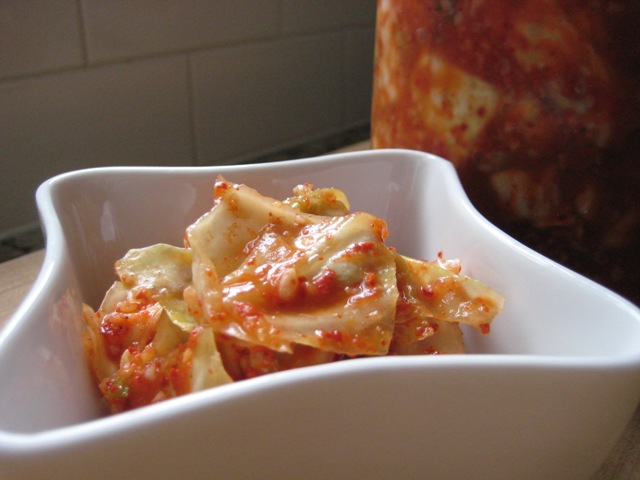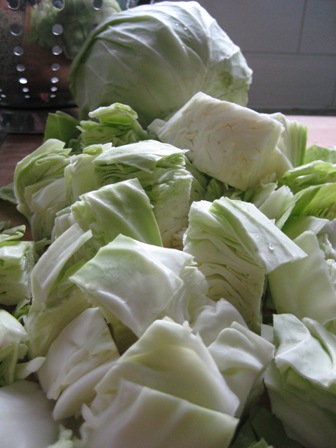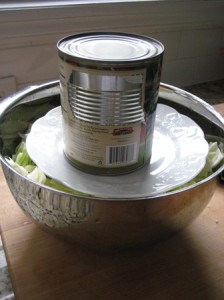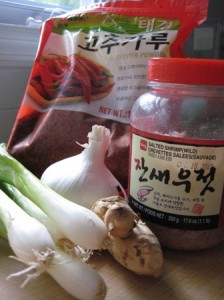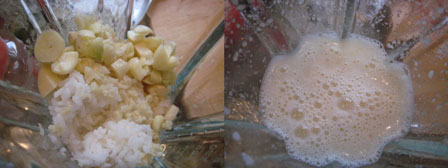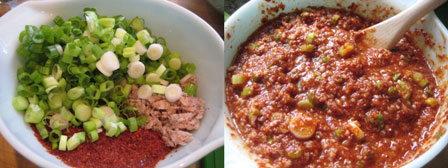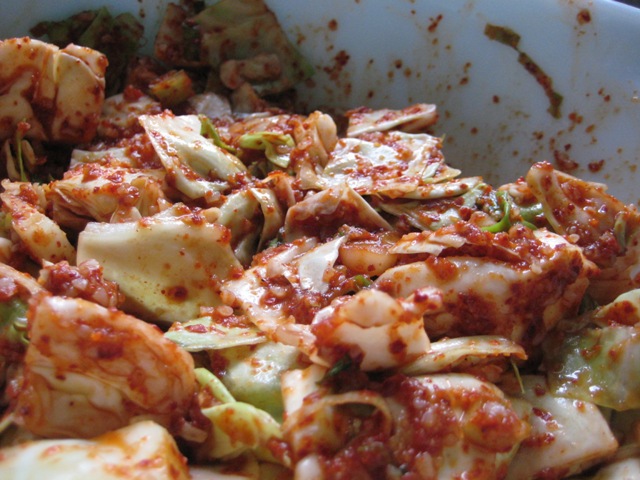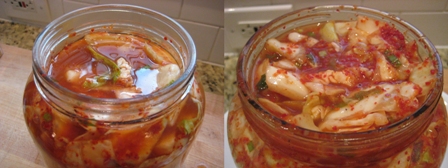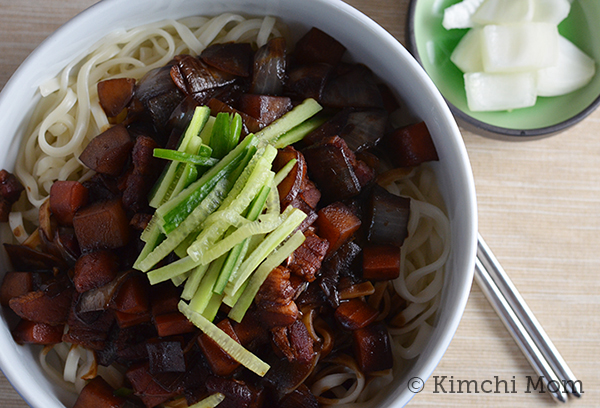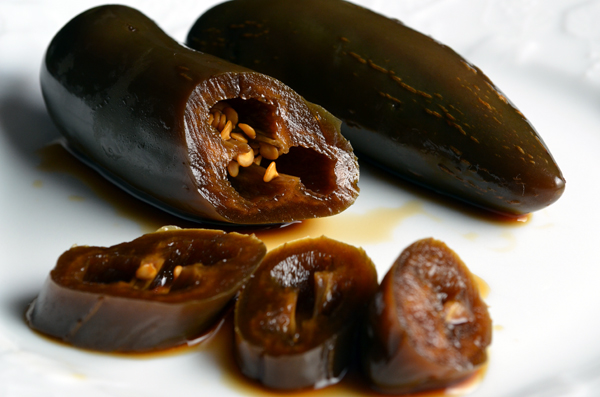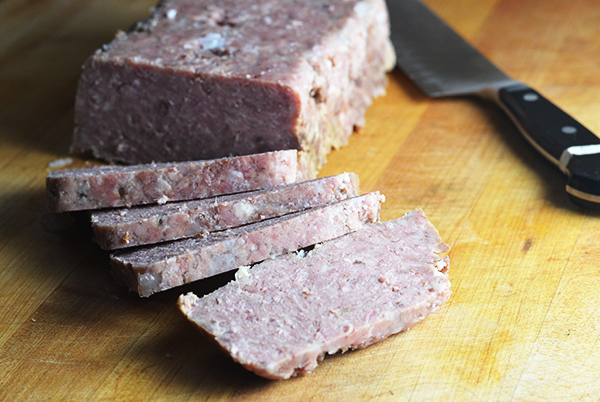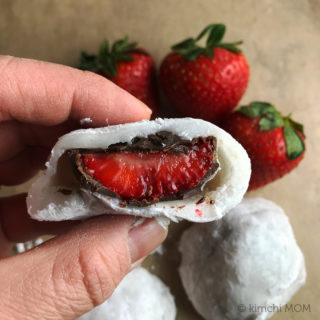It’s pretty requisite that every Korean family has their own recipe for kimchi. There are so many variations distinguished by different regions, seasons, and ingredients. Hell, there’s even a museum (Kimchi Field Museum) in Seoul dedicated to the pickled delicacy. The most common type of kimchi is baechu or cabbage kimchi and is typically made with napa cabbage. The kimchi I grew up on was made with green cabbage. I know, CRAZY. I’m sure there’s another version of green cabbage kimchi out there somewhere…let me know if you’ve tried one!
The (Short) Story
My dad landed in JFK on New Year’s Day in 1969 and my mom followed a few months later, pregnant with her first child (moi!). Dad and his medical school classmates decided to come to the States to complete their training and they were scattered throughout the City, but there was an enclave of them in the Bronx. Hard to believe now, but there was no Koreatown or H-Marts at the time. I know what you’re thinking…how did these people survive without kimchi? Napa cabbage was nowhere to be found. At that time, green cabbage was about the only cabbage available at the local Pathmark or Grand Union. And this is when my mom worked her magic and created the Summer of ’69 Kimchi.
And there you have it! Although we ate this year-round, it is particularly “summery” with the crunchiness of the cabbage and the refreshing kimchi juice. And you can always substitute napa cabbage for the green cabbage.
Summer of ’69 Kimchi
This recipe will yield about about a gallon. Unfortunately, I don’t have a gallon-sized glass jar, but instead used a half-gallon sized glass jar and a stainless steel canister…it totally worked.
Ingredients:
7 lbs or 3 medium-sized heads of green cabbage, cored, and cut into 1-inch chunks
1/3 cup of canning or pickling salt (I used Baleine sea salt.)
3/4 cup red pepper flakes, medium coarseness
1/2 cup of water
1/4 cup of chopped saewoo jjut (salted shrimp)
3 T. of fish sauce (the shrimp brine and fish sauce should total about 1/4 cup)
A scant 1/2 cup sugar
5 green onion stalks, chopped
2 oz. ginger or 2-inch long, 1-inch diameter piece of ginger, roughly chopped
7-8 medium garlic cloves, roughly chopped
3/4 cup cooked white rice (preferably short grain) + 1 cup water
Rinse cabbage. In a large plastic tub or large bowl(s), alternate layers of cabbage and salt. Let sit for at least a totalof 2 hours. After 30 minutes, toss the cabbage. Sprinkle with salt on top and press, and continue to let sit. I placed a plate with a can of tomatoes for weight.
Preparing the sauce:
While the cabbage is salting, prepare the red pepper mixture. In a medium bowl, mix kochukaru (red pepper flakes), water, saewoo jjut, fish sauce, green onions, and sugar. The consistency should be pasty. Taste. It should be balanced – not too salty, not too fishy, not to spicy and not too sweet. How’s that for specifics?
In a blender, add rice, garlic, ginger, and water. Puree until it looks creamy and has the consistency of porridge.
Add the rice puree to the red pepper mix and stir to blend.
Once the cabbage is ready, rinse the cabbage in a colander and let drain. Put cabbage back into large tub or bowl. Add the pepper/rice puree mixture.
At this point you may want to put clean plastic or latex gloves on. Toss the cabbage with your hands and make sure every piece of cabbage is covered with the pepper mixture. Taste. If it needs more salt, add a bit of fish sauce. But you don’t want it to be too salty.
Transfer the cabbage mix into a large glass jar. Press down on the cabbage as you are filling the jar. Leave about 3 inches of space from the top. If you don’t, you’re going to have a smelly mess since the liquid tends to seep out of the jar during fermentation.
Don’t throw the empty bowl in the sink just yet. Pour in about 3 to 4 cups of water into the bowl. Add about a teaspoon of salt, and stir. Make sure you get all the remaining pepper mixture into the water. And taste. Again, you don’t want it too salty – just a hint of salt. And it should have a sheun-ha-da or refreshing taste. Fill the jar with the water, leaving about 3/4 to 1-inch space to the top.
Press down on the cabbage again and make sure the liquid has made its way throughout the jar. Make sure to close the lid tightly.
Leave on your kitchen counter (or garage) at room temperature for about a day. I left mine out for 30-32 hours. This is when the magic happens. Make sure to to place the jar in a shallow bowl or plate. The jar will leak during fermentation and you will definitely smell the magic happening! (What is “room temperature”? It’s the temperature indicated by general human comfort, about 68°F to 77°F.)
After those 32 excrutiating hours, taste again. Note that all the flavors should be balanced. It should be ready to eat right away. After this, refrigerate! The kimchi will continue to ferment and can be kept in the refrigerator for up to 4 weeks. After that, it may get too sour to eat alone. But that doesn’t mean you have to throw it out right away, the kimchi love continues. How do I love thee? Let me count the ways…kimchi bokum, kimchi jigae, kimchi pajeon, kimchi bokum bap…
